This post has not been edited by the GamesBeat staff. Opinions by GamesBeat community writers do not necessarily reflect those of the staff.
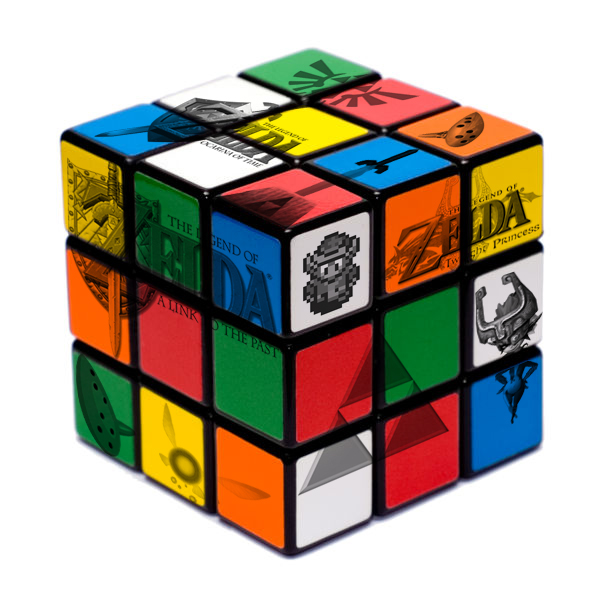
Continuity within The Legend of Zelda resembles a faulty Rubik's Cube. Try as one might to find order, glaring contradictions pop up no matter the pieces' arrangement. The puzzle grows more complex with each subsequent release. Verily, how can all sixteen games in the main series fit together? It boggles the mind.
A counter-explanation adopted by certain fans proposes that the Zelda games are separate entities retelling the same iconic legend from varying perspectives. Ardent timeline chronologists swear there exists a linear progression from one game to the next, but my view sits alongside the segmented theory. As such, I've had no attachment to playing the games in chronological order. I started with whichever title felt right at the time and continued thereon.
Including this article, I've reviewed three Legend of Zelda games: Twilight Princess in 2007, Ocarina of Time in 2008, and A Link to the Past in 2012. Only now, during A Link to the Past's twentieth anniversary, have I ventured to beat this hallmark in the franchise. What took me so long?
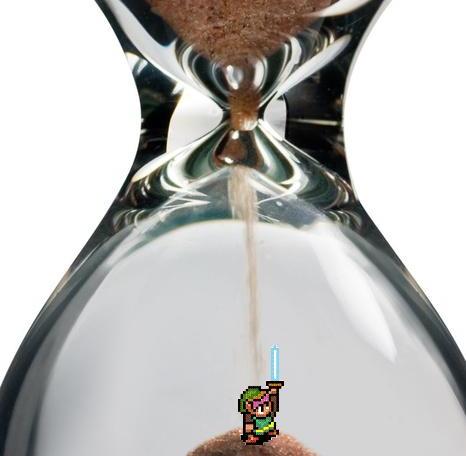
The question struck me ages ago, long before I visited the Hyrule of Super Nintendo. While searching for an answer, I too became a Zelda chronologist, one delving into a far simpler conundrum than the search for Hyrulian linearity. Instead, I dug through an entirely personal timeline – my own history with the Zelda franchise – to find out whether I should have played A Link to the Past earlier in my life, and whether the delay marks a significant loss to the foundation of my gaming self.
When I was younger, I fantasized about The Legend of Zelda by planning out how to play through its storied history. In my fantasy, I put A Link to the Past first because it seemed like the right introduction to the series. I wasn't looking for the technological dawn of Zelda or the rumoured point of origin. Simply put, I wanted to start with the game that would get me to love The Legend of Zelda.
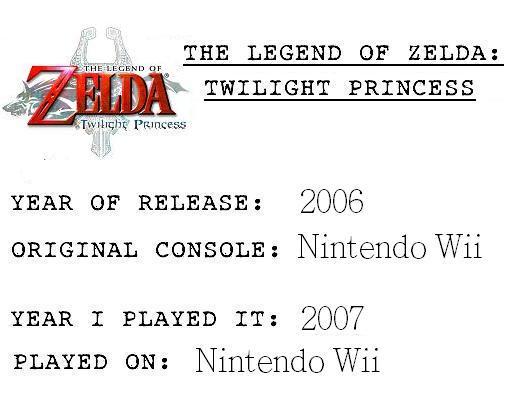
In 2006, though, I abandoned any premeditated order to my timeline when I received a Wii console for Christmas. With it came the launch title The Legend of Zelda: Twilight Princess. As the first Zelda game I officially owned, it would be the first one I officially played. That much justified the start of my timeline.
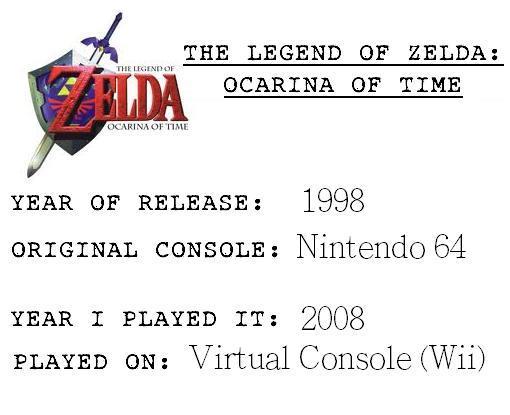
Ocarina of Time came next, and with it my highest expectations for any game. I frequently heard people praise Ocarina of Time. Some called it the best game ever. Of course, I was intrigued to play the so-called best. I should have taken the proclamations with a grain of salt, though, because they seriously affected my interaction with the game.
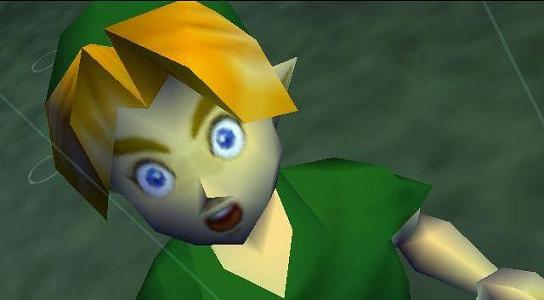
For me, Ocarina of Time fell drastically short when utter frustration ruined my first playthrough. Inevitably, I reached a point where I couldn't progress. After trying what I thought was every possibility, I sought an FAQ. The walk-through provided a solution to my impasse, but the answer was so simple that I felt embarrassed for not guessing it in the first place. By reading the guide, I had betrayed my gaming ability for no reason but petty annoyance and impatience. This fall from grace plagued my mind; I couldn't think about Ocarina of Time without shame.
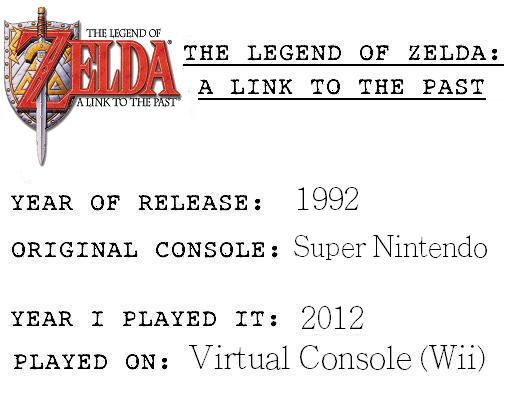
I waited four years before moving on to the next chapter in my Zelda timeline. Finally settling on A Link to the Past, I tried keeping my hopes in check after they were dashed by Ocarina of Time. Even so, I was excited to play the game I had wanted to be my first. Upon my initial boot of A Link to the Past, I watched the opening cut-scene three times in a row…with respect to the Triforce pieces of Courage, Power, and Wisdom, naturally.
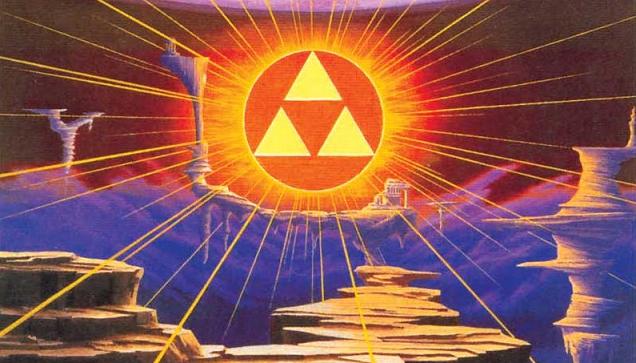
A Link to the Past continues the Zelda tradition of real-time adventure. Once again, I found the genre difficult to grasp. The game often served me grueling stretches of exasperation followed by moments of pure joy. In one instance, I spent hours combing both the Light and Dark Worlds, searching for a spell needed to open the next dungeon. I wandered everywhere…except Death Mountain. Of all the places in Hyrule, I felt least comfortable there, darting between the boulders that constantly fell. In a last ditch effort, I braced myself to navigate the perilous mountain.
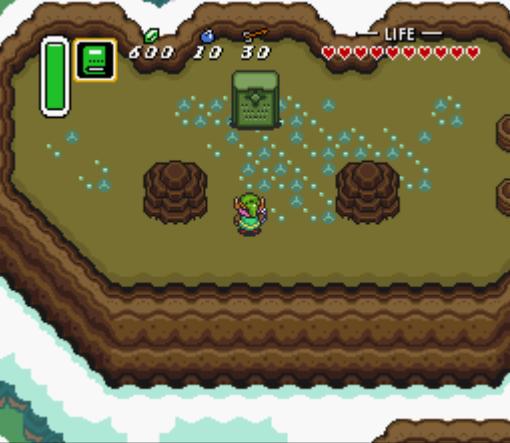
Lo and behold, my objective was located in the last place I looked on Death Mountain. When at last I saw the monument containing my much-needed spell, I felt as though I had reached the promised land. The elation that surged through me for that discovery was unmatched during the rest of my playthrough.
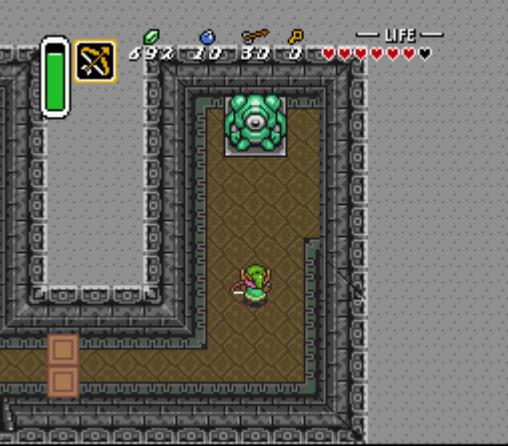
At other points along my quest, I amazed myself by how quickly I parsed the given clues to arrive at a solution — like associating the correct tool from my inventory with an object in the environment, or learning an enemy's weak point and developing a strategy against it. Almost instinctively, I could follow the exact sequence of tasks in a dungeon from point A, to B, to C, to the nefarious boss waiting at the end. The ease and ingenuity that can, at times, come from progressing through A Link to the Past is a testament to its design.
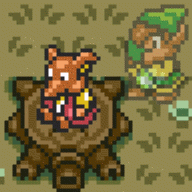 Nevertheless, A Link to the Past contains apparent errors in user guidance. Take for example the quest involving Flute Boy, an NPC who tells you to dig up the flute he buried. The text box saying where to dig appears only once. While accepting the quest, I skipped over the flute's location too quickly to read. I had no idea where to dig. Luckily, I didn't overwrite my save after talking to Flute Boy, so I was able to reload my file and see the text again. Otherwise, I would have entered a dreaded needle-in-haystack scenario. My only options would have been to dig in all conceivable locations, to look up an FAQ, or to restart from the very beginning. Surely, that is not proper user guidance.
Nevertheless, A Link to the Past contains apparent errors in user guidance. Take for example the quest involving Flute Boy, an NPC who tells you to dig up the flute he buried. The text box saying where to dig appears only once. While accepting the quest, I skipped over the flute's location too quickly to read. I had no idea where to dig. Luckily, I didn't overwrite my save after talking to Flute Boy, so I was able to reload my file and see the text again. Otherwise, I would have entered a dreaded needle-in-haystack scenario. My only options would have been to dig in all conceivable locations, to look up an FAQ, or to restart from the very beginning. Surely, that is not proper user guidance.
What could my Zelda history have been if A Link to the Past was at the beginning? I likely would have played a game released in 1992 prior to 2006 when my actual timeline began. In doing so, I would have gotten more time to experience and enjoy such a quality title. Then again, I would have been much younger and perhaps not yet suited to Zelda puzzles. As evidenced by Ocarina of Time, I wasn't yet ready for them in 2008. My favourite part of A Link to the Past was solving the puzzles using my wits and determination alone. I couldn't sacrifice that feeling of accomplishment just to have played the game sooner.
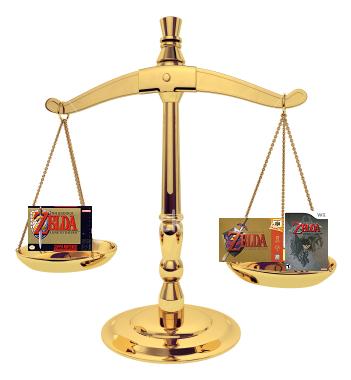
With A Link to the Past now officially the third game in my Zelda timeline, I'm quite content with its placement, and I feel no remorse for waiting so long. A Link to the Past provided me the perfect roller coaster of a difficulty curve. The ups, downs, frustrations, and revelations made for an exhilarating first playthrough.
I aspire to build upon my Zelda history in a way that makes sense to me. Thanks to A Link to the Past, I have gained the added resolve from this point on to beat each Legend of Zelda game I play without using a guide. Now that's a genuine first, regardless of its belated position within my timeline.
(Originally posted on F.A.N.G. blog)
For the comments:
- What is your personal timeline with the Zelda series like?
- How do you feel about using guides, and how often do you utilize them?
- Friday, April 13, 2012 marks 20 years since the release of A Link to the Past in North America. Wanna know the best way to commemorate? Play A Link to the Past for as long as it holds your interest. That's what I'm going to do. What are your plans are for celebrating the occasion?